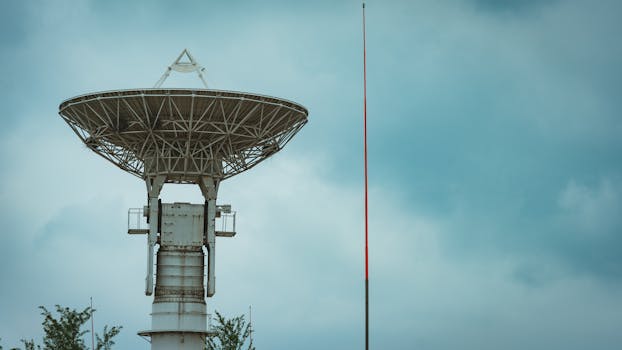The Future of Satellites: Revolutionizing Global Connectivity
The future of satellites is poised to revolutionize global connectivity, enabling faster and more reliable data transfer, navigation, and communication. With advancements in space technology, satellites are becoming increasingly important for various industries, including telecommunications, navigation, and weather forecasting.

The Future of Satellites: Revolutionizing Global Connectivity
The future of satellites is poised to revolutionize global connectivity, enabling faster and more reliable data transfer, navigation, and communication. With advancements in space technology, satellites are becoming increasingly important for various industries, including telecommunications, navigation, and weather forecasting. The focus keyword Future of satellites is a crucial aspect of this revolution, as it encompasses the latest developments and innovations in satellite technology.
Satellites have been in use for several decades, but recent advancements in technology have enabled the development of smaller, more efficient, and cost-effective satellites. This has led to an increase in the number of satellites being launched into space, with many more planned for the future. The use of satellites is becoming increasingly prevalent, with applications in fields such as Earth observation, communication, navigation, and space exploration.
Advancements in Satellite Technology
One of the significant advancements in satellite technology is the development of small satellites, also known as smallsats. These satellites are smaller and lighter than traditional satellites, making them less expensive to launch and operate. Smallsats are being used for a variety of applications, including Earth observation, communication, and navigation. They are also being used for scientific research, such as studying the Earth’s climate and monitoring natural disasters.
Another significant advancement in satellite technology is the development of reusable rockets. Reusable rockets are capable of launching satellites into space and then returning to Earth, where they can be refurbished and used again. This technology has significantly reduced the cost of launching satellites into space, making it more accessible to companies and organizations that may not have been able to afford it in the past.
Applications of Satellites
Satellites have a wide range of applications, including communication, navigation, Earth observation, and space exploration. Communication satellites are used to transmit data, voice, and video signals around the world, enabling global connectivity and communication. Navigation satellites, such as GPS, are used to provide location information and timing signals, enabling accurate navigation and tracking.
Earth observation satellites are used to monitor the Earth’s climate, weather patterns, and natural resources. They are also used to monitor natural disasters, such as hurricanes, wildfires, and earthquakes. Space exploration satellites are used to study the universe, including the Sun, planets, and galaxies. They are also used to search for signs of life beyond Earth and to study the effects of space travel on the human body.
Challenges and Opportunities
Despite the many advancements and applications of satellites, there are still several challenges and opportunities that need to be addressed. One of the significant challenges facing the satellite industry is the issue of space debris. Space debris refers to the accumulation of defunct satellites, rocket parts, and other objects in Earth’s orbit, which can pose a risk to operational satellites and spacecraft.
Another challenge facing the satellite industry is the issue of regulatory frameworks. The use of satellites is governed by a complex set of laws and regulations, which can vary from country to country. There is a need for a more unified and streamlined regulatory framework to enable the safe and responsible use of satellites.
Despite these challenges, the future of satellites is full of opportunities. The development of new technologies, such as smallsats and reusable rockets, is enabling new applications and services that were not previously possible. The use of satellites is also enabling new industries and business models, such as satellite-based internet services and satellite-based navigation systems.

